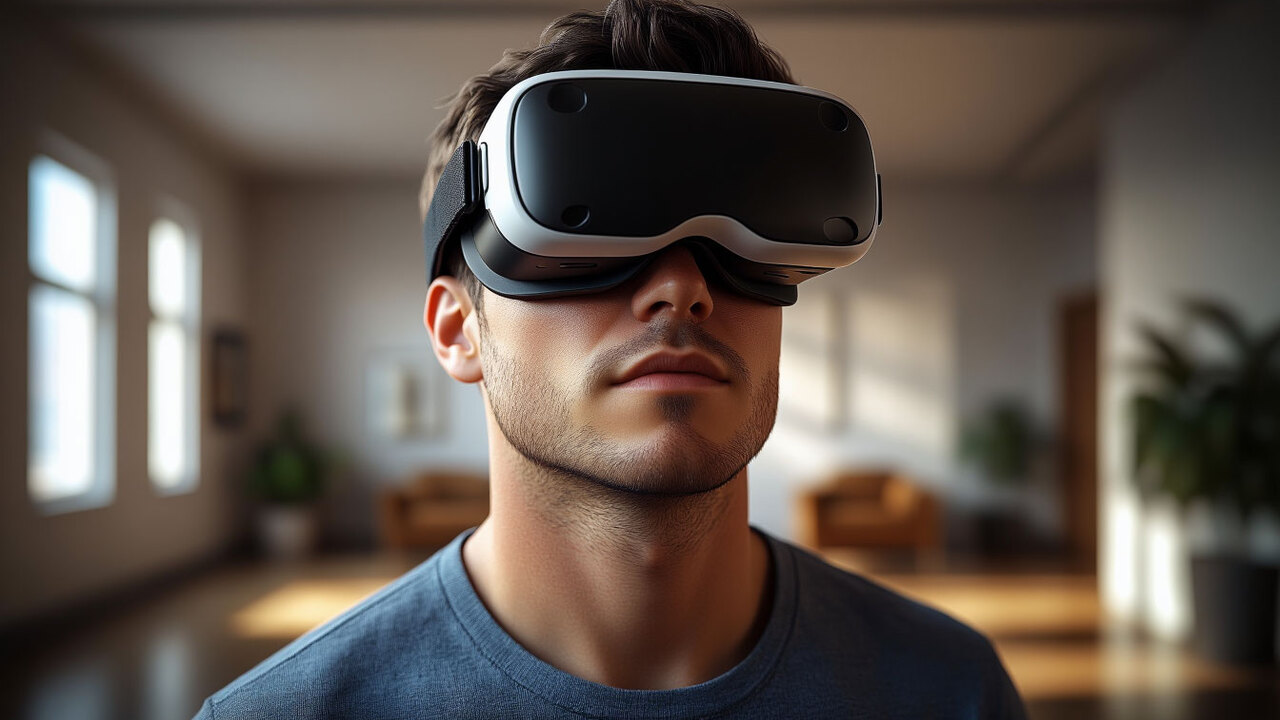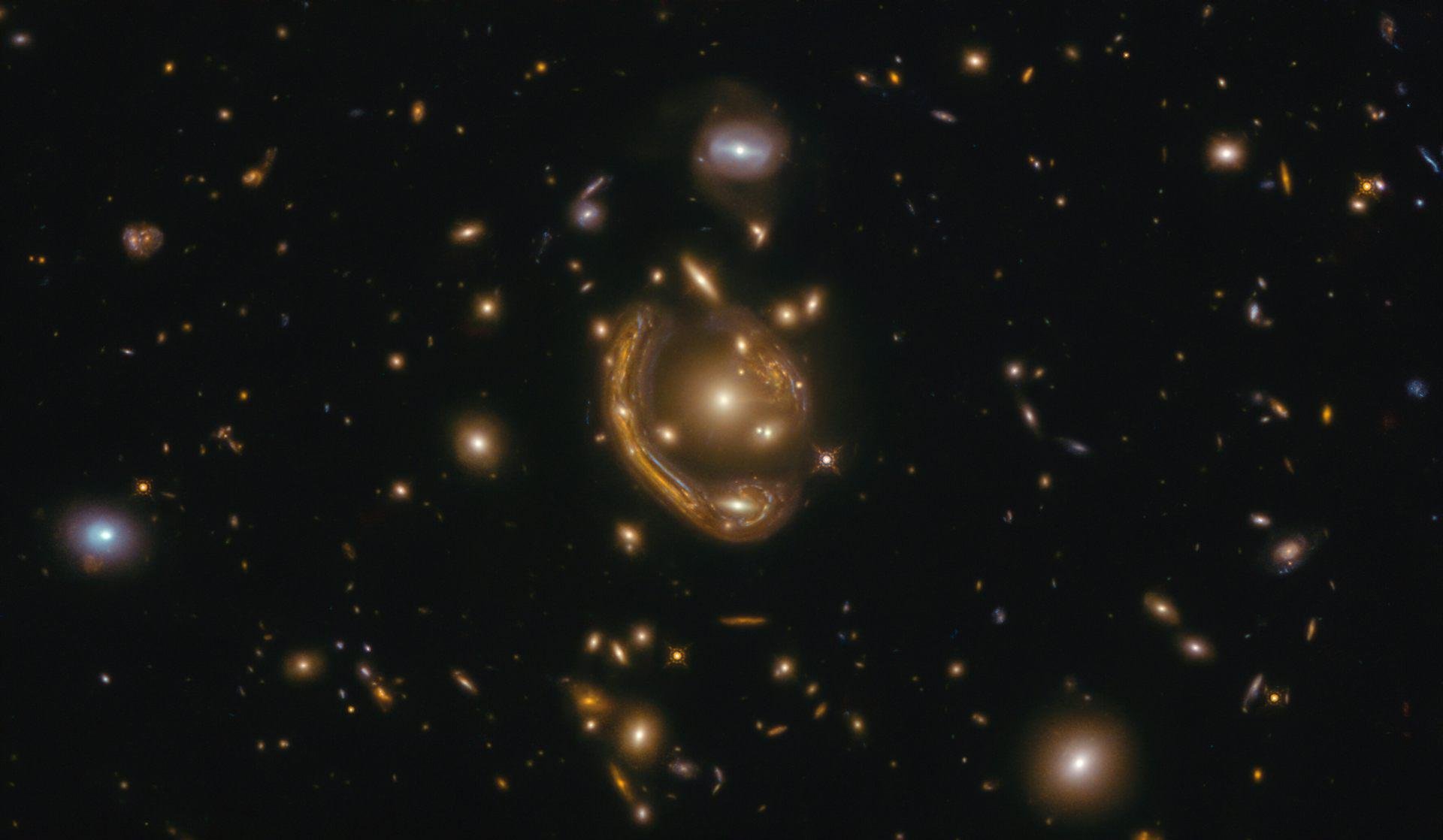On April 8, thousands of people watched the Moon’s shadow block the Sun, During the event called the Great North American Eclipse of 2024. Visible in a 100-mile-wide corridor, the event crossed parts of Mexico, the United States and Canada. But rather than a show of light and shadow, solar eclipses are important research opportunities.
For researcher Alessandro Peca from the University of Miami, solar eclipses ““allow scientists to study the Sun’s outer atmosphere, or corona, which is normally obscured by the Sun’s own bright light.”. This filtering allows studying how solar winds and this “breathing” of ionized gas affect space weather, the astrophysicist says in a publication from The U (University of Miami).
Additionally, since the eclipse obscures bright stars close to the Sun due to intense sunlight (which are invisible to us during the event), dimmer stars closer to the Sun become visible, but in observations they appear to be slightly “shifted” out of position due to gravity bending the Sun’s light.
Observation of curved light during eclipse
Isaac Newton, a pioneer of the modern study of light, proposed at the beginning of the 18th century that light, although behaving like a wave, was composed of particles and was therefore susceptible to influence by gravity. He wasn’t entirely wrong, but although light can be observed as a stream of photons, these are quantum entities, not “bubbles.”
An explanation of this phenomenon came only later, when we learned that classical physics alone could not explain the two aspects of light (waves and particles). However, starting in 1915, Albert Einstein went further with his theory of general relativity. According to that, This detail doesn’t even matter because what needed to be changed was our understanding of gravity..
The first physical observations of the “space-time curvature” effect of gravity were made during eclipses, because only the Sun, which has a mass of 330 thousand times more than the Earth, has the power to bend light, albeit slightly. However, for this, stars (light source) must be observed close to the Sun.
Proving Einstein’s new theory of gravity in the eclipse
Although the light deflection effect is very small — approximately 1.75 arcseconds across the sky — It enabled British astronomer Arthur Eddington to verify the theory of general relativity for the first time by comparing the positions of stars close to the Sun before and after the eclipse that occurred on May 29, 1919.
These observations, which were almost undetectable during the eclipse, led to the creation of a completely different field of study in the classification of stars and paved the way for the investigation of black holes, known as light deflectors.
Is there anything you want to ask? Tell us on our social networks and get the opportunity to share the article with your friends who like these topics. To the next one!
Source: Tec Mundo
I’m Blaine Morgan, an experienced journalist and writer with over 8 years of experience in the tech industry. My expertise lies in writing about technology news and trends, covering everything from cutting-edge gadgets to emerging software developments. I’ve written for several leading publications including Gadget Onus where I am an author.













